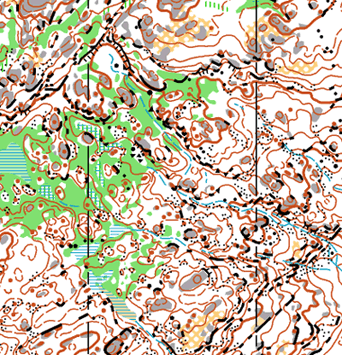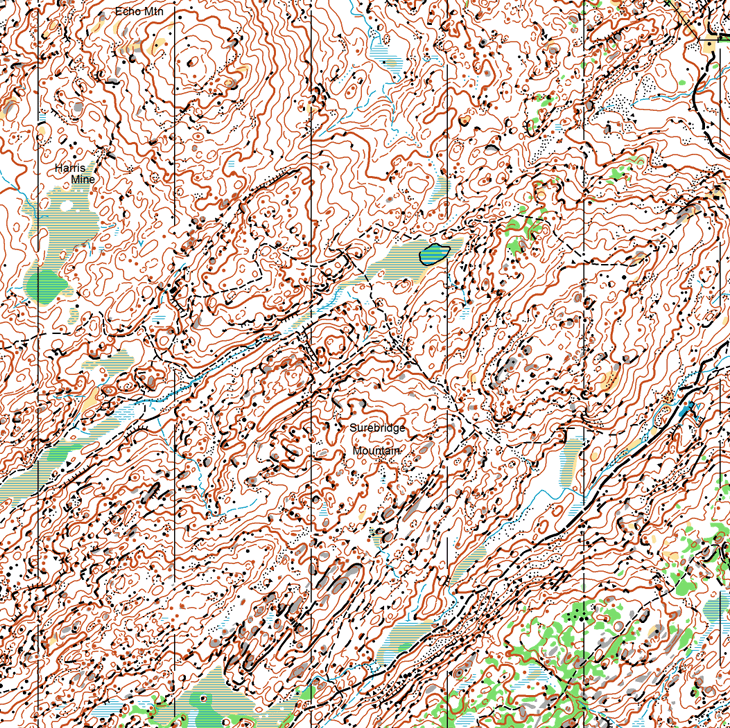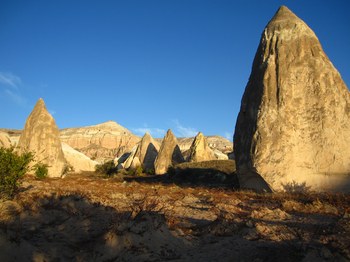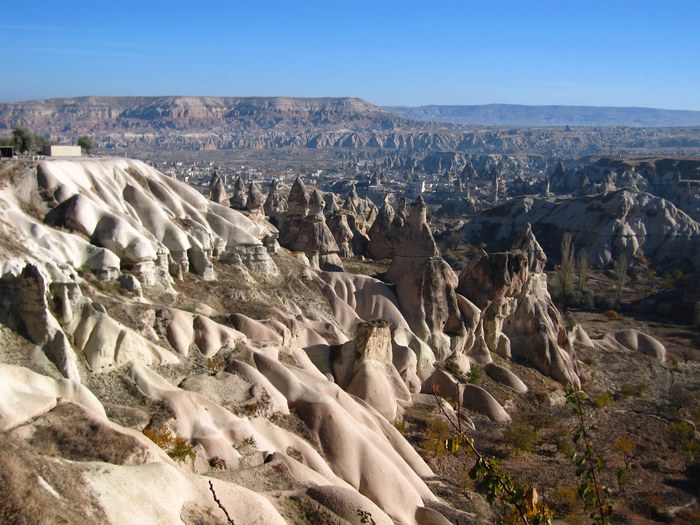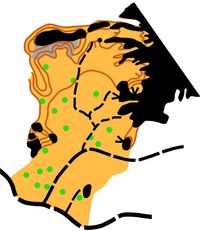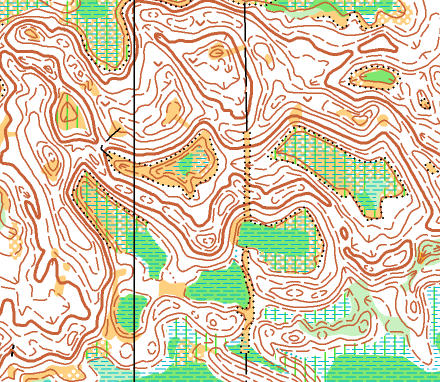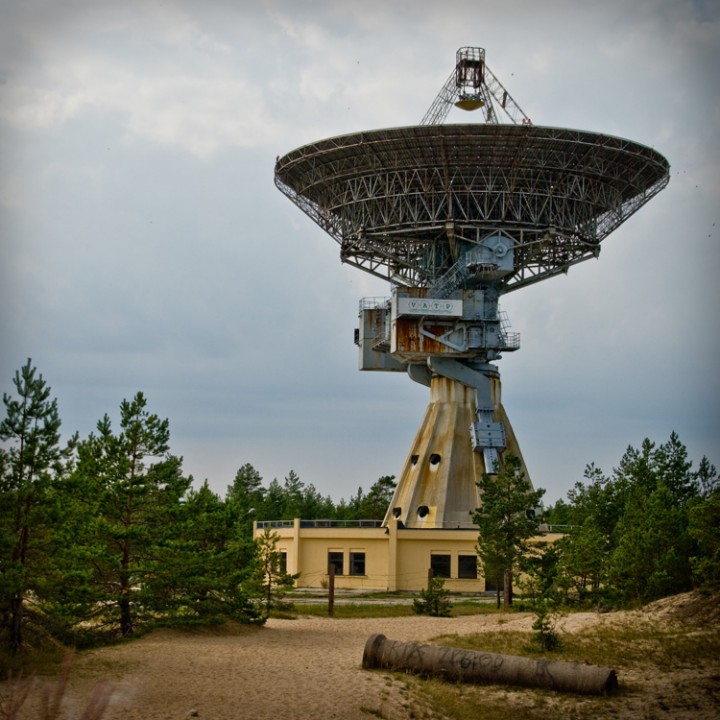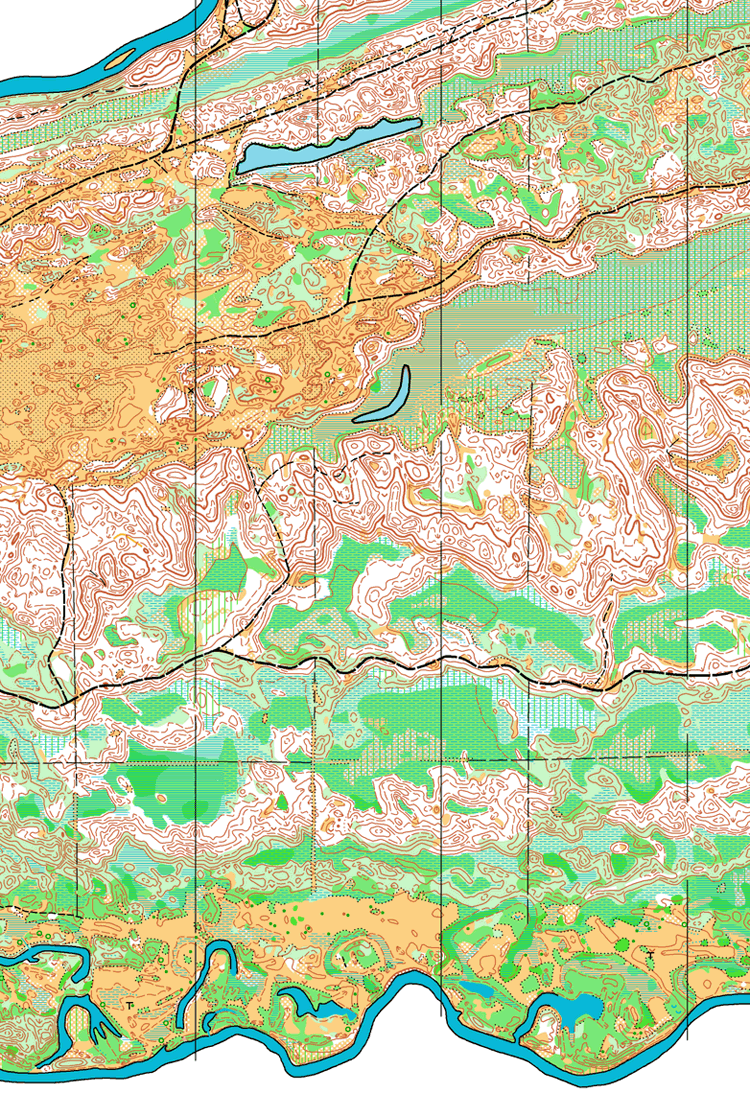Surebridge mountain
Only a few orienteering maps have such a scent of legendary as ‘Surebridge mountain’ does. The stories about mapping for WOC 1993 include some controversies, but the main fact is that the final product is a high quality map of world class terrain.
You can love it and hate it – at the same time
The WOC Classic race held on Surbridge Mt. map is still considered as one of the technically hardest WOC Classic courses ever. Allan Mogensen, the winner of the race seems to have an almost ‘love/hate’ relation to the area: “I loved this whole area mainly because of the huge amount of details – rocks, contours and thickets spread all over the map. And it was a great feeling to run the WOC having 110% faith in the perfectness of the map.” – but on the other hand, Allan explains: “the technical challenges were very high, not just because of the amount of details, but more because of the stony ground, which I really didn’t like. It was not my cup of tea. I had a lot of respect for the terrain and could really never push myself 100% physically. To me, it was one of the biggest technical challenges ever.”
Two independent passes
The Surebridge mountain map was done in two independent passes. The first pass was done by Mark Dominie, Janos Soter, J-J Coté and Kroum Sergiev through 1991 and 1992. The second pass was done in 1993 by Steve Key, the Australian mapper who also mapped for WOC 1985 in Bendigo, Australia. The information we got is that the map was finished in a somewhat infected atmosphere, but apparently that did not affect the quality of the work.
An interesting fact about the Surebridge map is that it is owned by the U.S. senior orienteering team. Royalties of the map support U.S. elite orienteering, which means when you buy the map you buy it for a cause!
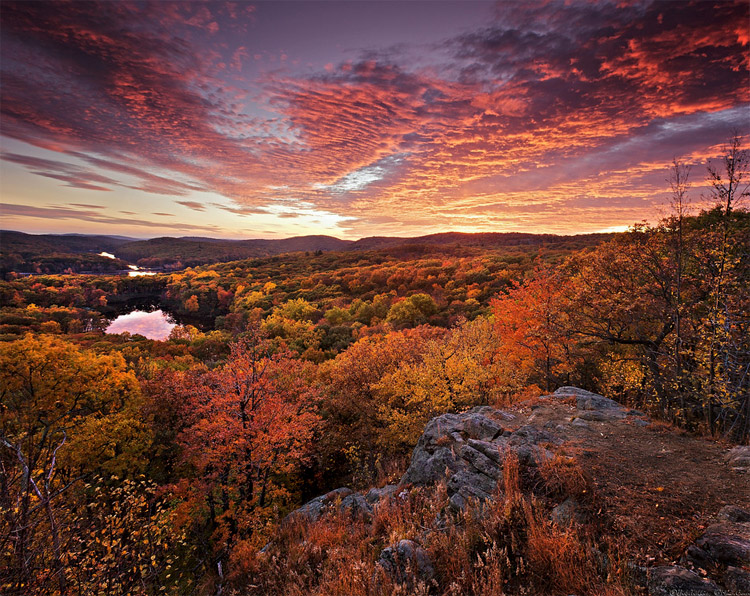 Harriman state park.
Harriman state park.
Photo by Bob Tullis
Gueorgiou versus Thoresen
The Surebridge mountain map regularly attracts visitors who want to run on the map before they die. When “King of the Middle Distance” Thierry Gueorgiou and part of the French Orienteering Team visited the U.S. last October, the WOC 1993 map was of course one of the main attractions. Gueorgiou’s goal: Beating the winning time of his former national team coach Petter Thoresen in the challenging terrain which is a perfect fit for Gueorgiou’s orienteering style. – Tero run 23:20 for the 4.75 km, would have been 3rd back in 1993, though the vegetation has changed some and it’s hard to know how much of an adjustment to make, Peter Gagarin wrote at the US Team Blog after Gueorgiou’s attempt. [Update 20/3: Note that the WOC 1993 short distance was on the Polebrook map - there is an overlap between the two maps, and the last kilometer of the WOC 1993 short distance course is on the Surebridge mountain map]
More than just orienteering
The Surebridge mountain map is just one of the few in the Harriman state park, which is in total almost 190 km2 large. With more than 300 km of trails it is one of the more popular hiking destinations in the US. New Amsterdam is situated only about 50km south from the Harriman state park. Today New Amsterdam is actually called New York city , but it is “too everything” to even try to write something about it on this blog. However, you can find some more information about it here.
New York city. Photo by David Illif, under GNU Free Documentation Licence
Why should you run on this map before you die?
So why did we choose this map as a candidate for 101 Orienteering Maps you should run on before you die? Well, this map was not only one of the first on our internal list, but was also suggested by quite a few readers. The terrain and the map really seem to be of high quality. The fact that the WOC was organized there is an additional plus. Harriman state park is a nice place even without orientering map and New York city is worth seeing too, as they say.
If you are looking for a possibility to travel to the area for orienteering – you have got the chance already in May for the Hatter’s challenge, a National class A 2 day event with WRE both days - only 60 kilometers away from Surebridge mountain.
| Map: | Surebridge mountain |
|---|---|
| Scale: | 1: 10000 & 1:15000 |
| Equidistance: | 5 m |
| Year: | 1991, 1992, 1993 |
| Mappers: | Field work: first pass: Mark Dominie, Janos Soter, J-J Coté and Kroum Sergiev, second pass: Steve Key |
| Terrain type: | Broken relief, many rocky and contour features, some thickets and marshes, stony ground, large pathless sections. |
| Estimated top speed: | 6.5 min/km |
| Interesting points: | Technically very difficult map, big sections with no paths. Situated in Harriman state park. New York city just 50km away. |
| Links of interest: | WOC 1993 courses in omaps.worldofo.com, buy Harriman maps, U.S. orienteering federation, Harriman state park, New York city |
| Events on map: | WOC 1993, National events, US team trials … |
| Country: | USA |
| Location: |
Discussion
Please note that the map being presented in this article does not necessarily mean that it will also be included in the final selection of the 101 maps – and in the paper book. It only means it is currently on our candidate list.
Do you know about any similar areas in US but outside Harriman state park? Do you find some other maps from USA more interesting? Have you run on this map? What was your experience?
Thanks
Thanks to Allan Mogensen, J-J Coté, Cristina Luis and Wyatt Riley for help with the article. Thanks also to Bob Tullis and David Illif for letting us use their photos on the blog.

